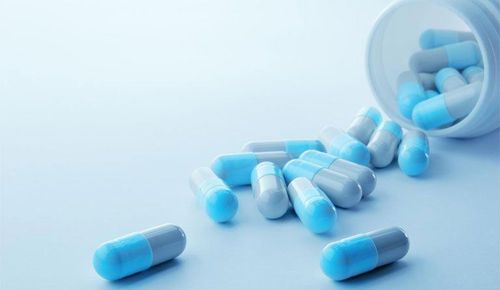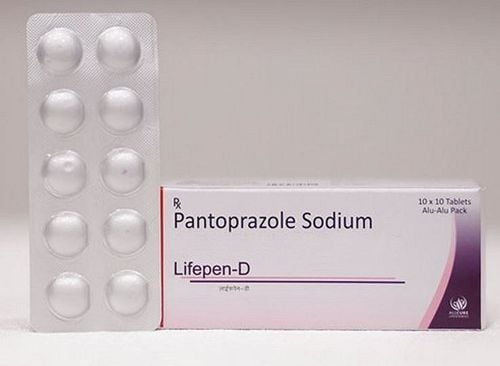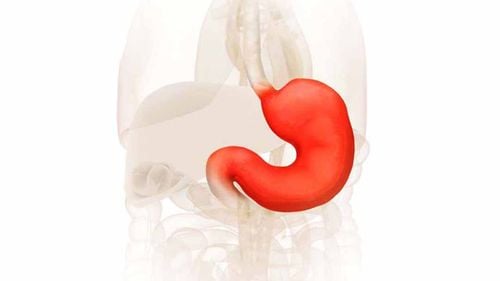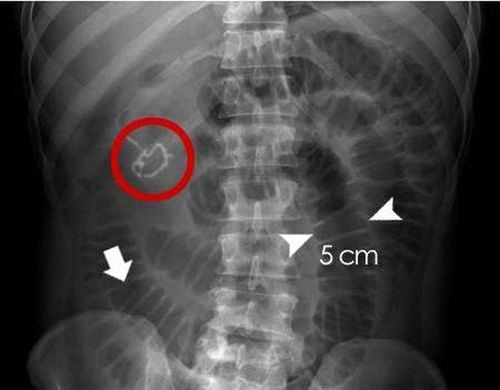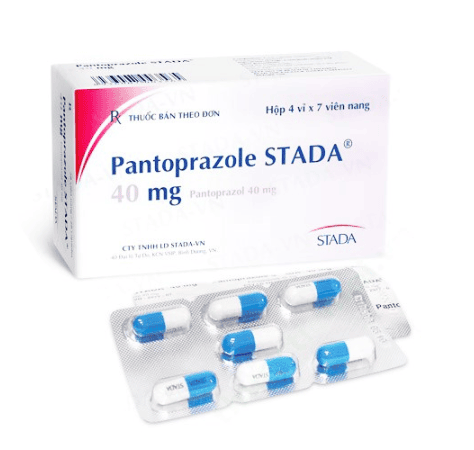This is an automatically translated article.
The article is professionally consulted by resident Doctor Le Thanh Tuan - Department of General Surgery - Vinmec Nha Trang International General Hospital.
The digestive system is uniquely designed to digest food into nutrients and the body uses these nutrients for energy production, cell growth and repair. So how does the digestive system work to perform this function?
1. Mouth
The mouth is where the digestive tract begins. In fact, digestion begins here as soon as you put food in your mouth, then chewing to break it down into smaller pieces for easier digestion, while saliva mixes with the food to make it easier to digest. initiates the breakdown of starches into simple sugars.
2. Throat
The pharynx is the next destination for food from the mouth to go down the pharynx and further down the esophagus.Trắc nghiệm: Làm thế nào để bảo vệ lá gan khỏe mạnh?
Làm test trắc nghiệm kiểm tra hiểu biết về gan có thể giúp bạn nhận thức rõ vai trò quan trọng của gan, từ đó có các biện pháp bảo vệ gan để phòng ngừa bệnh tật.3. Esophagus
The esophagus is a muscular tube that extends from the pharynx to the stomach. The esophagus moves food down to the stomach by waves of contractions, also known as peristalsis. The point between the esophagus and the stomach is the lower esophageal sphincter, which is a "valve" that is responsible for keeping stomach contents from backing up into the esophagus.
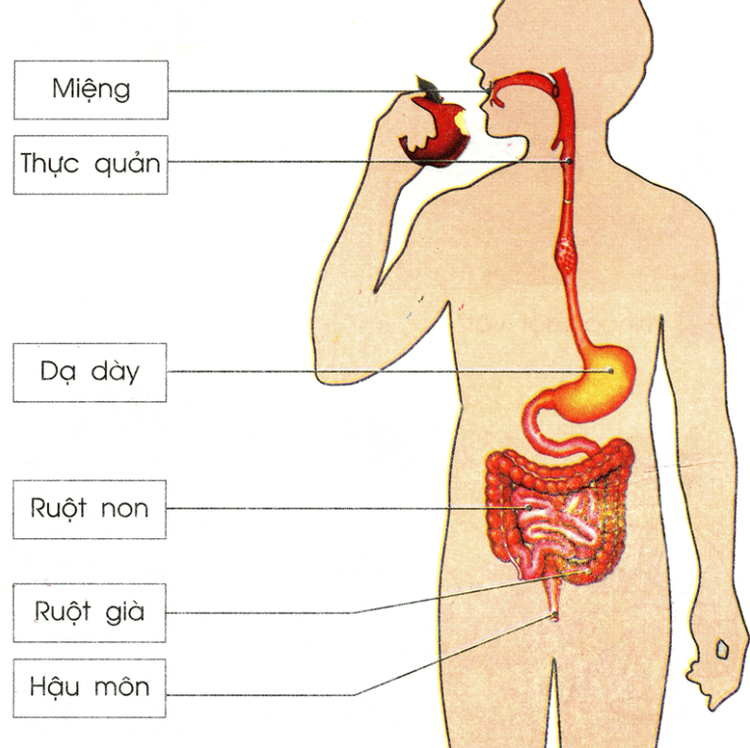
4. Stomach
The stomach is a bag-like organ with very strong muscles. In addition to the storage function, when food reaches the stomach, it will be mixed with acids and enzymes to hydrolyze complex proteins. When it leaves the stomach, all the food has been turned into a liquid or paste and is moved to the small intestine.5. Small intestine
The small intestine is about six meters long and is the most important part of food digestion. Once it reaches the small intestine, food continues to be broken down by enzymes secreted by the pancreas and bile from the liver. Bile is a compound that helps the body digest fats and remove waste products from the blood. Peristalsis plays an important role in the small intestine, as it helps move food along the length of the small intestine and mixes food with digestive juices. The duodenum is mainly responsible for continuing the breakdown of food; The jejunum and ileum are primarily responsible for the absorption of nutrients that enter the bloodstream.
Three organs play a key role in helping the stomach and small intestine to digest food:
Pancreas: The pancreas has many different functions, in the process of digesting food the pancreas secretes a number of enzymes. enter the small intestine to break down proteins, fats and carbohydrates in food. Liver: The liver also has many functions, but its two main functions in the digestive system are to secrete bile and filter the blood whose nutrients have just been absorbed from the small intestine. Gallbladder: The gallbladder is a pear-shaped bile-filled sac located just below the liver. Bile is made in the liver and then, if it needs to be stored, it is moved to the gallbladder through the bile duct. During a meal, the gallbladder contracts to push bile into the small intestine.
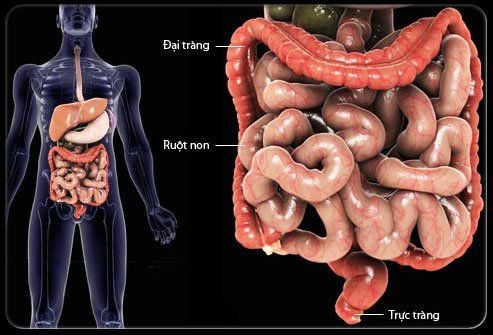
6. Colon (large intestine)
The colon is a muscular tube 1.5 to 1.8 meters long that connects the cecum (first part of the large intestine) to the rectum (last part of the large intestine). Going in order from top to bottom, the colonic framework includes the cecum, right colon, transverse colon, descending colon and sigmoid colon
Feces or waste products left over from digestion are carried down to the colon by peristalsis, first in the liquid state and finally in the solid form when water is removed from the stool. It usually takes about 36 hours for stool to pass through the colon. The main components of feces are mainly food debris and bacteria. These bacteria perform a number of useful functions, such as synthesizing various vitamins, processing waste and food residues, and protecting the body against harmful bacteria.
7. Rectum
The rectum is about 20cm long, connecting the colon to the anus. The job of the rectum is to receive stool from the colon and stimulate the nerves that transmit to the cerebral cortex, telling you the feeling of wanting to have a bowel movement. The brain then decides whether to defecate or not. If you want to go to the bathroom, the sphincter relaxes to move stool out of the body. If you don't want to, the sphincter and rectum will readjust so that the urge to go to the toilet temporarily disappears.
8. Anal
The anus is the final part of the digestive tract, made up of the pelvic floor muscles and two anal sphincters (internal and external). The main function of the anus is to store and excrete feces, and at the same time secrete mucus to lubricate to help stool move easily out of the body and absorb water.Doctor Le Thanh Tuan has experience in examination, treatment and surgery of abdominal diseases (both open surgery and laparoscopic surgery). In particular, the doctor has strengths in pediatric surgery to treat diseases such as: intussusception, appendicitis, inguinal hernia, postpartum malformations (fetal peritonitis, megacolon, no anus).
Please dial HOTLINE for more information or register for an appointment HERE. Download MyVinmec app to make appointments faster and to manage your bookings easily.
Reference source: Webmd.com






